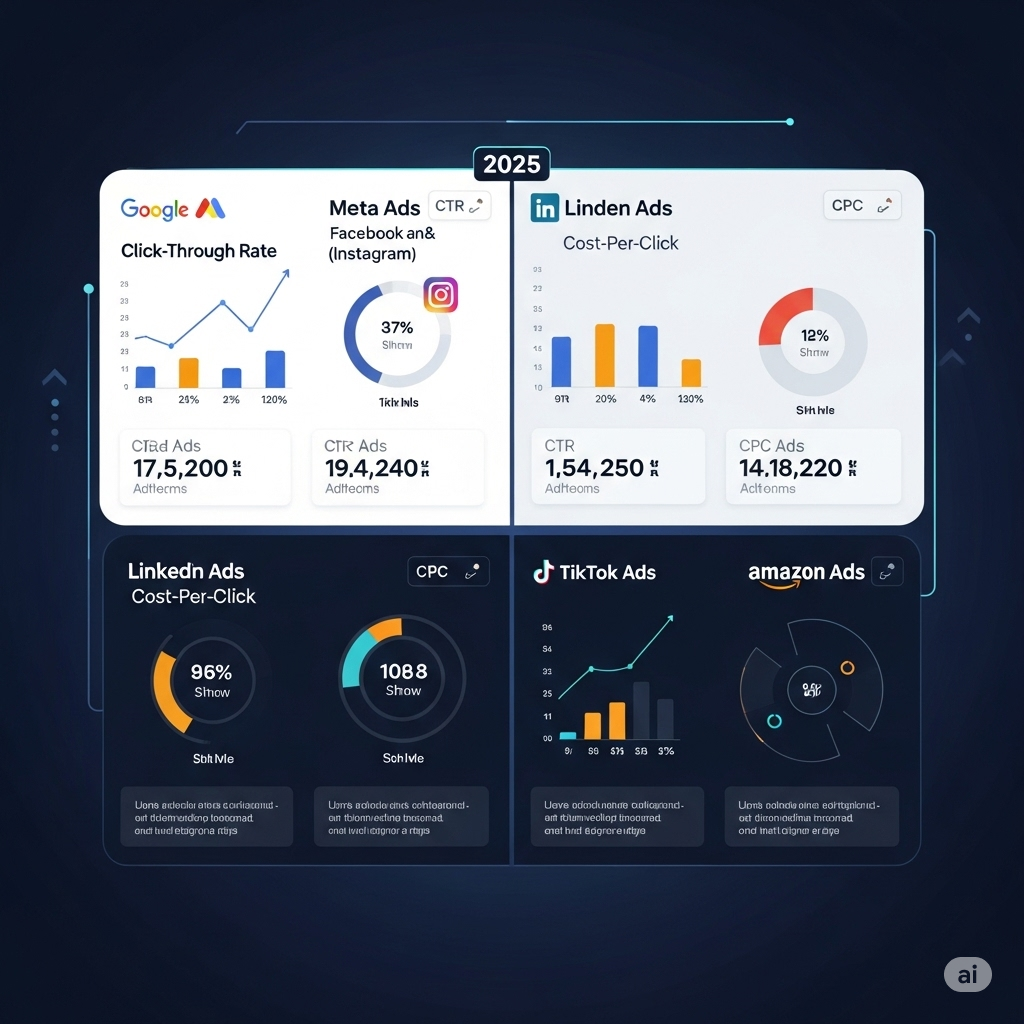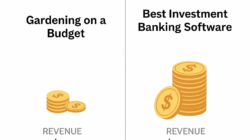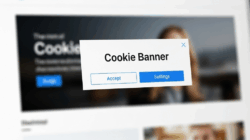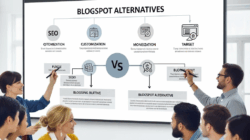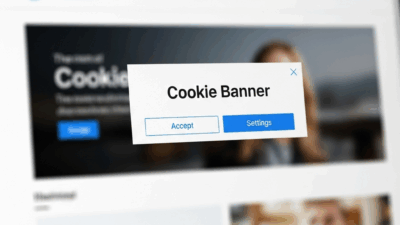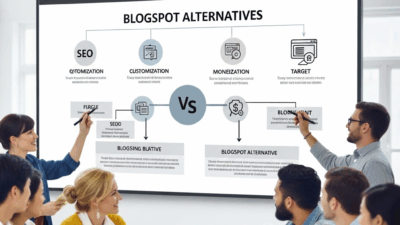In the rapidly evolving digital advertising space, selecting the top 5 ad platforms can significantly impact how brands reach their audiences, generate conversions, and optimize their return on investment. This article provides a comprehensive examination of the top five advertising platforms anticipated to dominate in 2025, examining their key features, strengths, use cases, and strategic advantages for various business types.
Google Ads: The Titan of Paid Search
Why Google Ads Still Dominate the Market
Google Ads remains the most widely used platform for search and display advertising. Its reach covers billions of daily searches, providing advertisers direct access to potential customers at the moment of intent. Whether you’re targeting keywords, interests, or behaviors, Google Ads delivers unmatched precision and scalability.
Key Features for ROI Optimization
Google Ads offers innovative bidding strategies, audience segmentation, geo-targeting, and integration with Google Analytics for deep insights. Advanced features, such as Performance Max and dynamic search ads, enable brands to automate and expand their reach without sacrificing control. For eCommerce, Google Shopping ads remain a game-changer.
Use Cases and Industry Fit
From local service businesses to global enterprises, Google Ads suits businesses of all scales. Its versatility makes it ideal for B2C, SaaS, education, and eCommerce campaigns. With high-intent audiences, it remains the gold standard for ROI-driven marketers.
Facebook Ads: Visual Storytelling That Converts
How Facebook Ads Build Personalized Experiences
Facebook Ads, now under Meta Ads Manager, allows detailed audience targeting across Facebook, Instagram, Messenger, and Audience Network. Its strength lies in psychographic targeting, which is ideal for brand awareness, product launches, and remarketing campaigns.
Visual Formats and Campaign Objectives
Advertisers can utilize images, videos, carousels, and collection ads to engage users. Facebook’s campaign structure—from awareness to conversion—aligns with modern marketing funnels. Lead generation forms and on-platform conversions also remove friction in the customer journey.
Ideal Use Cases for Facebook Ads
This platform excels for lifestyle brands, mobile apps, B2C startups, and creators. Businesses seeking emotional engagement and community-driven marketing benefit greatly. With lookalike audiences and retargeting, it’s perfect for full-funnel strategies.
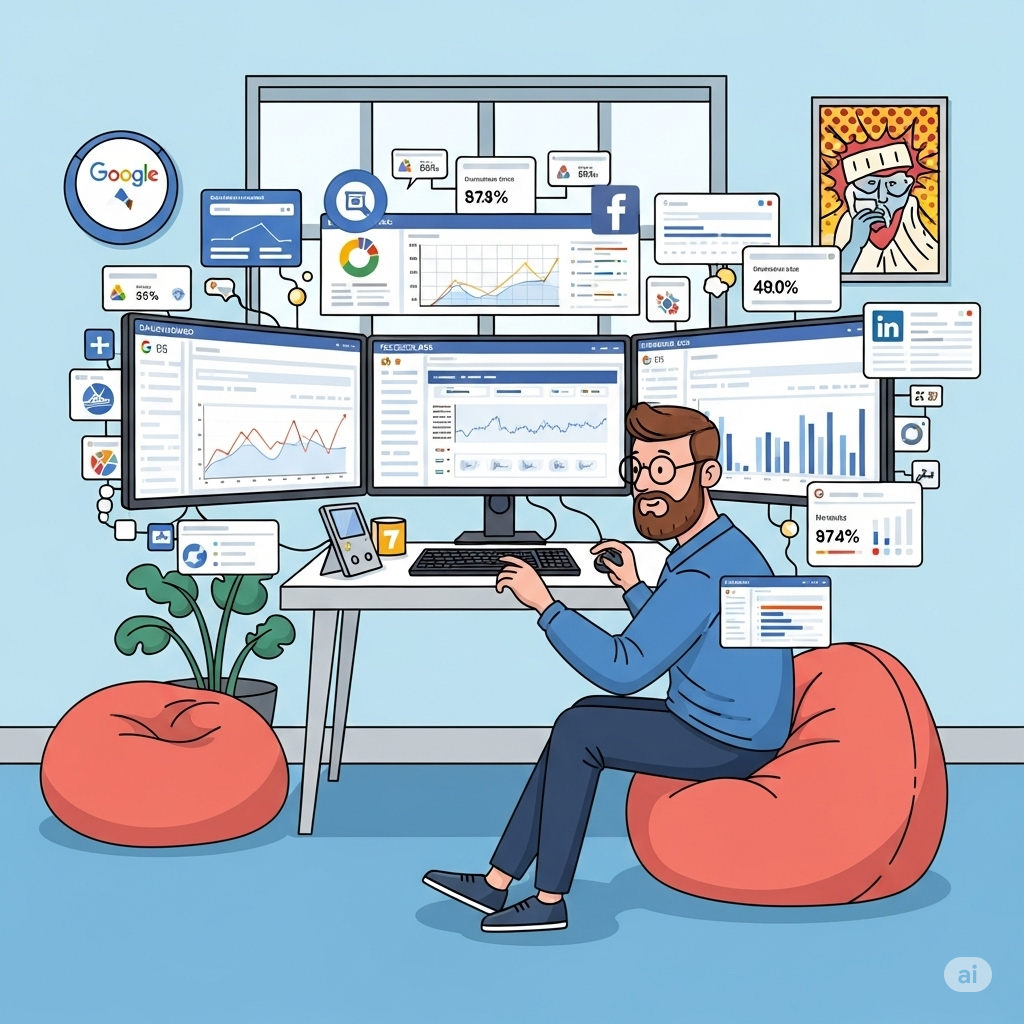
LinkedIn Ads: B2B Precision and Professional Targeting
Why LinkedIn Ads is a Must-Have for B2B Marketers
LinkedIn Ads provides access to a network of decision-makers, professionals, and business influencers. Its targeting by job title, company, industry, and seniority is unparalleled for B2B campaigns. If you’re selling to businesses or high-ticket services, this is your go-to platform.
Ad Types and Strategic Applications
Sponsored content, message ads, lead gen forms, and dynamic ads give flexibility in reaching prospects. With LinkedIn’s insight tag, marketers can track conversions and optimize for lead quality rather than just clicks. It’s powerful for whitepapers, webinars, and generating sales-qualified leads.
Best Industries for LinkedIn Ads
Industries such as SaaS, enterprise IT, consulting, and financial services thrive here. It’s ideal for high-ACV products and B2B offerings that require nurturing and credibility.
TikTok Ads: The New Frontier of Creative Advertising
How TikTok Disrupts Traditional Ad Formats
TikTok Ads thrives on native, entertaining, and user-generated content. Its algorithmic feed promotes content virality, enabling even small brands to gain significant visibility. Ads feel like content—not interruptions—which boosts engagement.
Campaign Options and Creativity-First Strategy
TikTok offers In-Feed ads, TopView, Branded Effects, and Spark Ads to promote organic posts. The platform’s creative center provides templates and insights to inspire winning content. Combined with pixel tracking and eCommerce integrations, it supports performance campaigns.
Best Fit for Brands with Visual and Youthful Appeal
Fashion, food, fitness, mobile apps, and D2C brands resonate best. TikTok suits businesses that can produce authentic, fast-paced content. It’s especially effective for targeting Gen Z and millennials.
Microsoft Ads: Underrated but Powerful for High-Intent Traffic
Why Microsoft Ads Deserve More Attention
Often overshadowed by Google, Microsoft Ads (formerly Bing Ads) offers access to an audience that tends to be older, wealthier, and more desktop-focused. It covers Bing, Yahoo, and AOL networks, often with less competition and lower CPCs.
Features That Support Cost-Efficient Advertising
Microsoft Ads supports keyword targeting, device targeting, remarketing, and integration with LinkedIn data for deeper B2B targeting. Its AI-powered recommendations and shared library tools streamline account management. Importing campaigns from Google Ads is also seamless.
When to Use Microsoft Ads Strategically
Ideal for industries with older demographics, such as finance, insurance, legal, and healthcare. If you’ve saturated Google Ads, Microsoft Ads offers an effective way to increase reach with potentially higher ROI per click.

How to Choose the Best 5 Ads Platform for Your Business
Aligning Platform Capabilities with Your Marketing Goals
The best platform depends on whether your goal is lead generation, direct sales, brand awareness, or app installs. Google Ads caters to high-intent search needs, whereas Facebook and TikTok are better suited for discovery-based campaigns. LinkedIn caters to B2B outreach, and Microsoft Ads provides a cost-effective supplement.
Evaluating Budget, Team Resources, and Content-Type
If your team lacks creative bandwidth, platforms requiring constant content refreshes (like TikTok) may be a challenge. Budget also plays a role—LinkedIn is often pricier per lead, while Facebook allows testing with smaller investments. Consider your content strategy before committing.
The Role of Ad Platforms in Multi-Channel Campaigns
Building a Unified Strategy with the Best 5 Ads Platform
Savvy marketers use multiple platforms together. For instance, use Google Ads to capture high-intent searches, Facebook for retargeting, LinkedIn for B2B leads, and TikTok for top-of-funnel awareness. By aligning messaging and data tracking across platforms, you maximize total campaign performance.
Tools That Enable Cross-Platform Optimization
Platforms like Google Tag Manager, UTM parameters, and marketing automation tools can unify campaign analytics. Monitor channel attribution closely to understand which platform contributes most across the funnel. Budget shifts should be based on actual conversion data, not assumptions.
Common Mistakes to Avoid When Using the Best 5 Ads Platform
Over-Relying on a Single Platform
Many brands fall into the trap of going all-in on one channel. This creates risk if algorithm changes or cost fluctuations occur. Diversification ensures stability and continuous growth opportunities.
Ignoring Creative Testing and Audience Fatigue
Ad fatigue reduces performance across all platforms. Refresh creatives regularly, test different formats, and monitor relevance scores or ad quality indicators. A/B testing isn’t optional—it’s a necessity in 2025.
Conclusion: The Best Ads Platform Is the One That Matches Your Objectives
Choosing the best ad platform isn’t about which one is “best” universally—it’s about what fits your audience, goals, budget, and content capabilities. Google Ads remains the cornerstone for performance marketers, Facebook offers deep personalization, LinkedIn excels in B2B, TikTok fuels creative engagement, and Microsoft Ads is the hidden gem of paid search. Use them in synergy to unlock your complete digital marketing potential in 2025.

